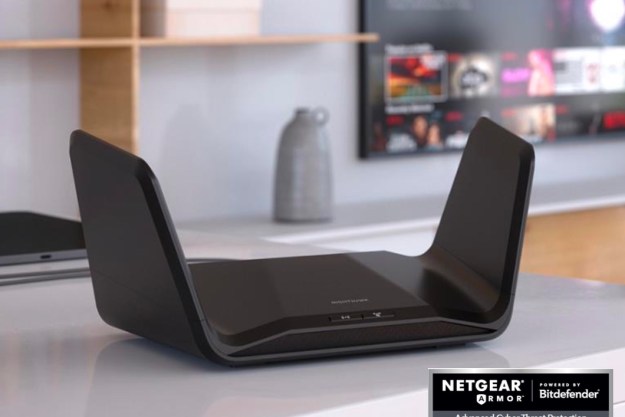
If you want to figure out how to pull off Port Forwarding, we’ll guide you through the process here. Just follow the instructions below.
How to set up Port Forwarding in your router’s settings
To set up port forwarding, you’ll need to first access your router’s settings page. Doing so for one router may require you to do something differently compared to another. However, the information required to access this panel can be found in your router’s documentation. Once you’re in your router’s settings, you’ll want to look for a settings group or page that deals with ports or routing. In the case of our Linksys router, the section was called “Applications and Gaming,” which has separate pages for single port and port range forwarding.
To set up port forwarding with our Linksys router for the game Terraria, all we had to do is indicate the port we wanted to open (7777) in the External Port and Internal Port field, and in the “to IP Address” field, fill in the IP address of either your computer, or the machine the server is hosted on. If you aren’t sure how to find that, you can refer to our guide on how to find your IP address, and plug that number into your router settings.

As you can see in the above screenshot, we have the game Terraria set up for port forwarding. The game operates on port 7777–so the router is set to redirect traffic into the network through that port. In some cases, games and other services may require a range of ports to be configured. These requirements can change from one game, program or service to another, so if you’re having any connectivity issues, be sure to research any port forwarding requirements. If, for instance, you wanted to set up port forwarding for your game console, you’d have to enter the IP address assigned to your Xbox or PlayStation. Finally, you’ll need to hit Enabled, and then click Save Settings at the bottom.
Curious to learn more about networking issues? Feel free to check out our guide on how to change your router’s IP address, which covers instructions on how to assign a static IP via DHCP.
Editors' Recommendations
- What is packet loss, and how do you fix it?
- No sane person should spend $600 on a consumer-level router
- You’re putting your router in the wrong spot. Here’s where to put it instead
- Oh great, new malware lets hackers hijack your Wi-Fi router
- Best routers for Xfinity home Internet service


